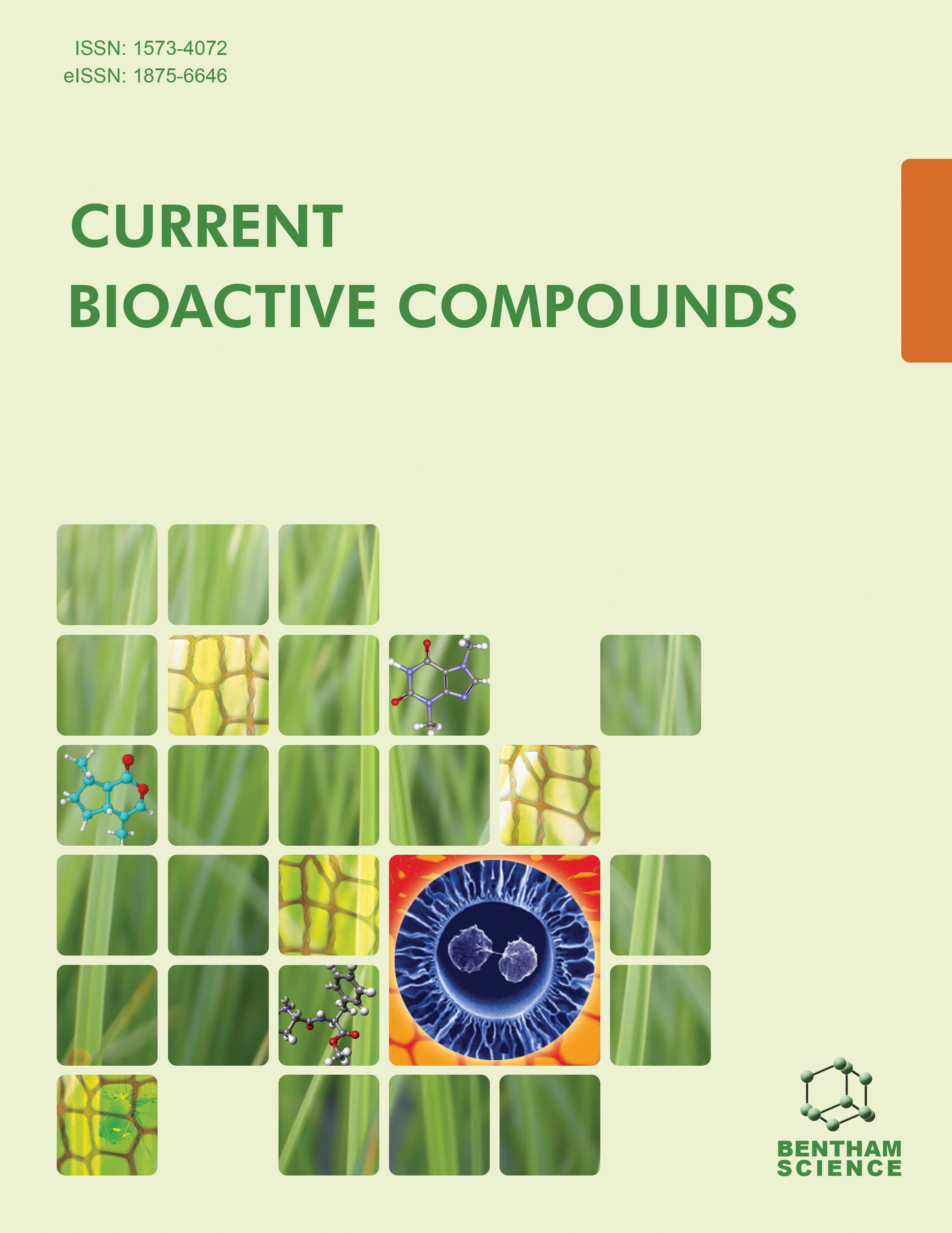
Full text loading...
We use cookies to track usage and preferences.I Understand
Withania somnifera (L.) Dunal (W. somnifera) is an herb commonly known by its English name Winter Cherry, and Ashwagandha in Hindi. It has been used as a traditional Rasayana herb for a long time. It is a rich reservoir of bioactive compounds known as withanolides, namely, withaferin-A and withanolide-D. Its current research covers many aspects of human health, which include anti-stress, anti-tumor, 9immuno-modulatory, hypocholesterolemic, hepatoprotective, hypoglycemic, diuretic, anti-convulsant, neurotropic, adaptogenic, and cardioprotective properties. This overview W. somnifera traditional uses, phytochemical, and pharmacological activities. However, in-depth studies are needed on the clinical use of W. somnifera against human diseases. Besides, detailed toxicological analysis is also to be performed for its safe and efficacious use in preclinical and clinical studies and as a health-promoting herb.

Article metrics loading...

Full text loading...
References


Data & Media loading...

